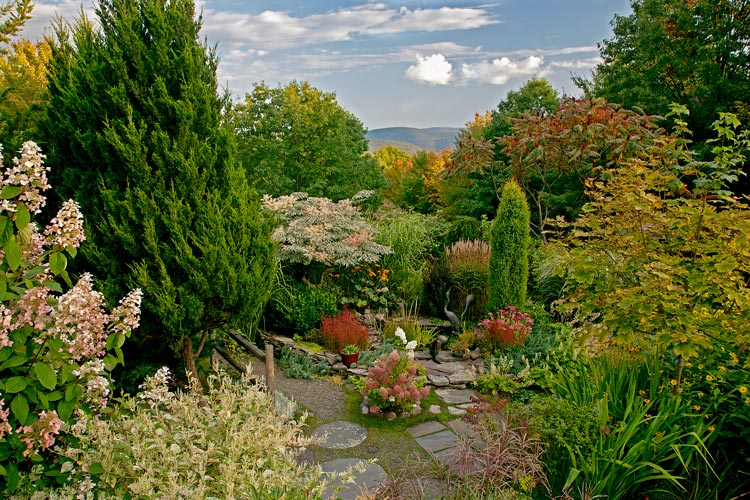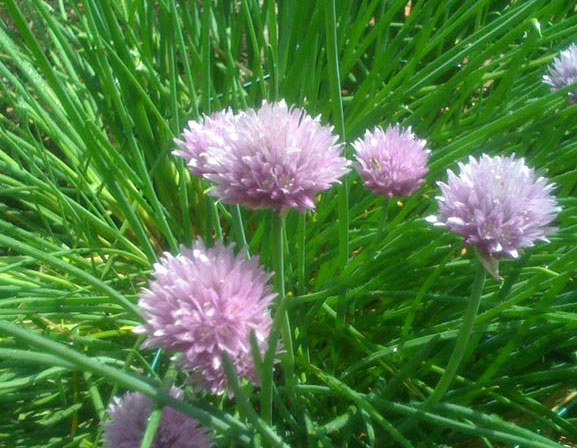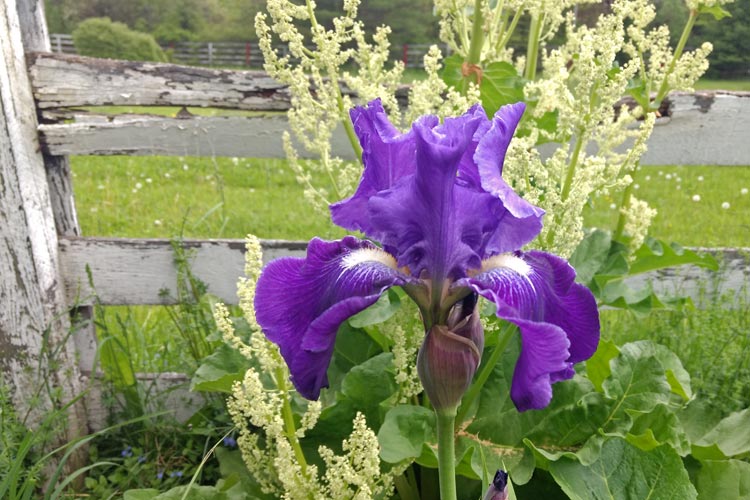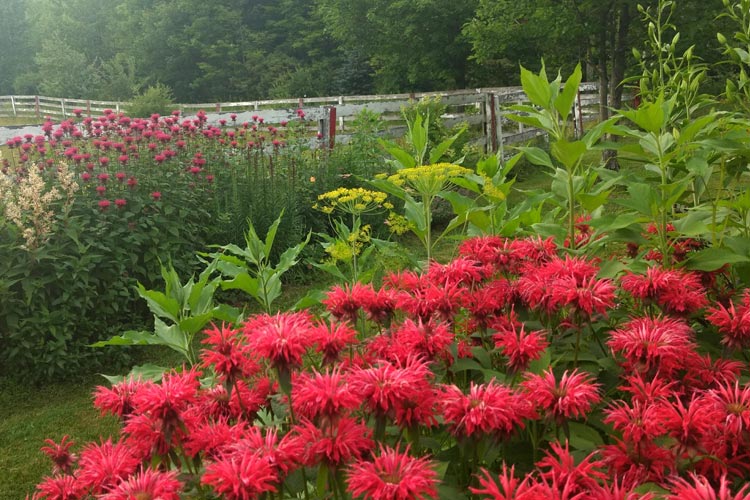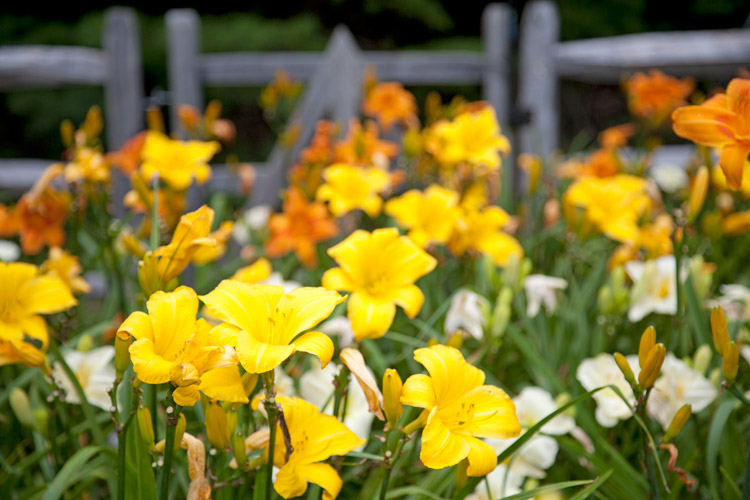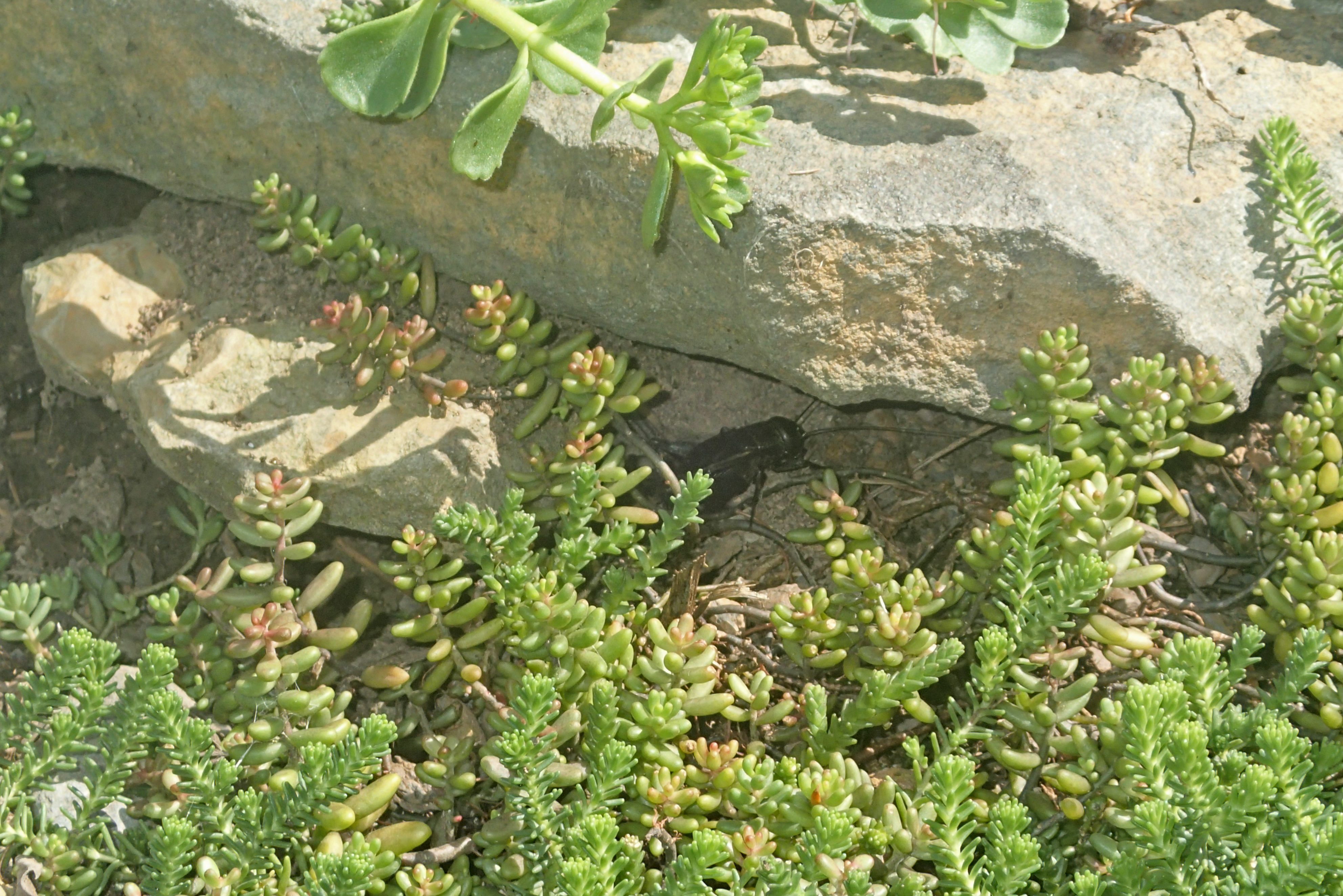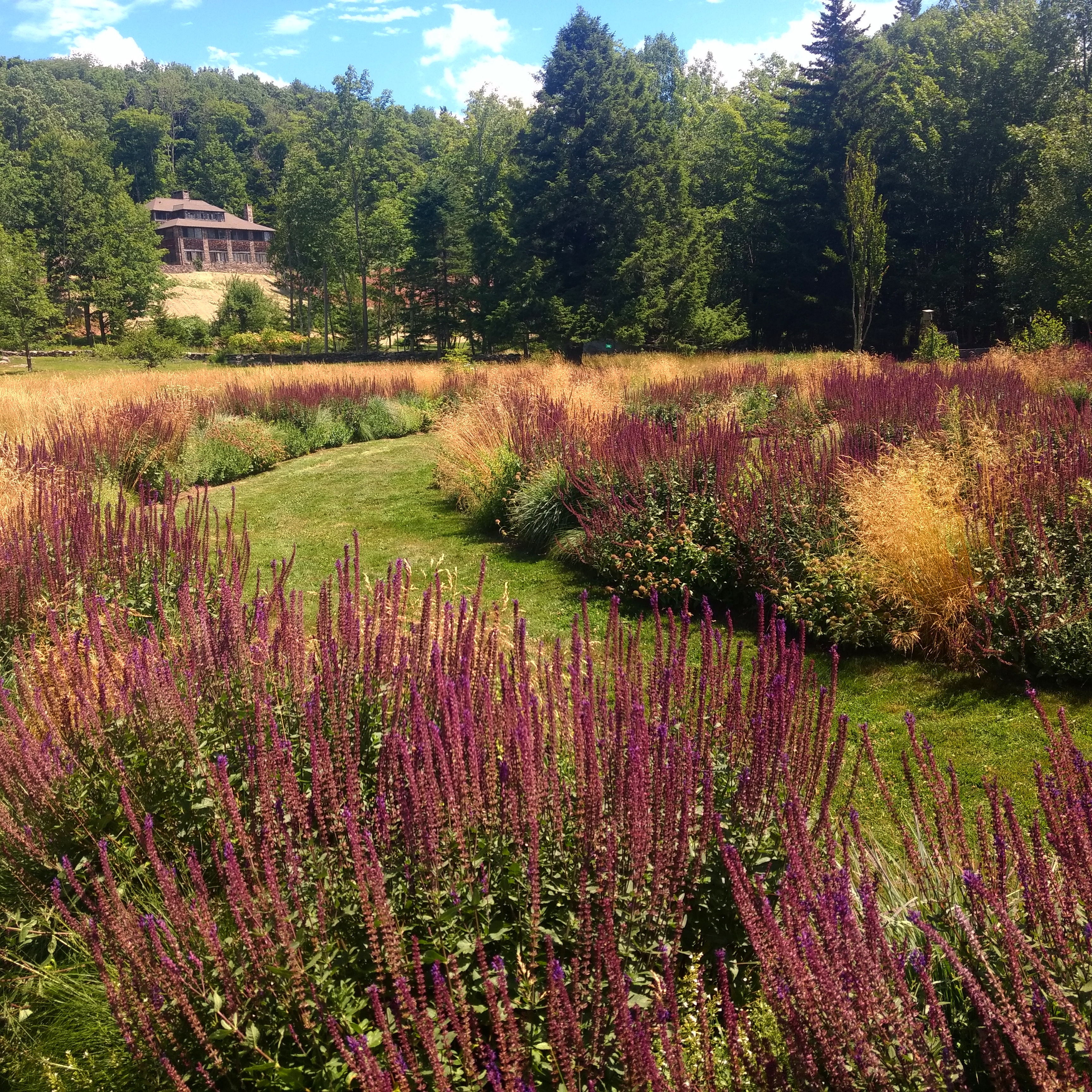
After nearly one year’s research work, I recently submitted to Horticulture Magazine the article on the Mountain Top Arboretum. Starting last summer, I visited the Arboretum in all four seasons, collaborating with both Marc Wolf, the Arboretum’s Executive Director and with photographer Mark Loete. The Arboretum is stunning in winter, spring, summer and fall. The article will run in the January/February 2019 issue of Horticulture Magazine. Check it out then but if you are local to the Catskill Mountains, take the time to visit before hand. #lovewhatyoudig
